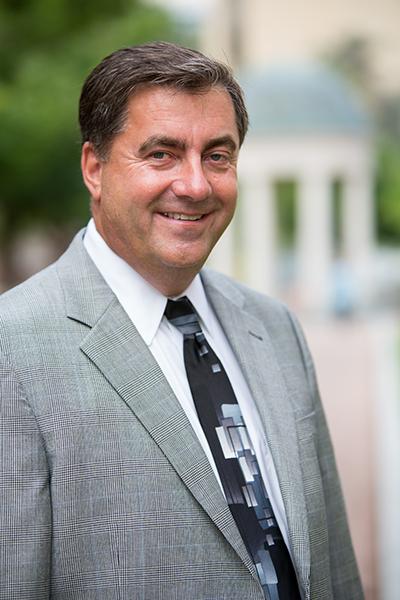
When Raja Mazumder analyzes billions of data pieces from DNA sequencing machines, it could take weeks or even months to share that research over the commercial Internet.
“It’s actually easier for me to just walk over to your office and hand it to you on a hard drive,” said Mazumder, an associate professor of biochemistry and molecular medicine.
But that will soon change, cutting that Internet wait time down to days or even hours.
Chief Information Officer David Steinour announced last week that GW will partner with the National Institutes of Health through a super-speed research network with even more info-sharing power for genomics data.
That faster connection could attract more professors as GW looks to strengthen research, especially in science and engineering, Steinour said.
“We positioned ourselves technically to attract researchers from other institutions or people coming right of their Ph.D. programs, etc. who want do high-level research,” Steinour said in an interview.
The University has started to build up the kind of research programs that leverage big data to make new discoveries. GW launched a computational biology institute last year and is now starting up a research center for genomics – all part of a long-term strategy to raise the University’s research profile and bring in more outside grants.
The high-speed network, which is run by a nonprofit called Internet2, went live at GW last December. GW previously connected to the network on a smaller scale through the University of Maryland, Steinour said, but decided it wanted more power to better compete with other colleges.
“We’ve decided because we want to be a top-tier institution from a research perspective that we would actually implement our own point of presence and then upgrade our bandwidth for high-capacity data moves,” he said.
The network is also offered to the city government, schools, libraries, museums and hospitals, which Steinour called a “community service.”
The difference in speed for the University will be palpable, deputy CIO Edward Martin said. GW is the “first customer,” receiving a “tenfold increase over the University’s previous connection,” he added.
Earlier this year, GW unveiled a top-performing computing center called Colonial One, which is located on the Virginia Campus for Science and Technology.
Mazumder, the medical school professor who is co-director of the school’s bioinformatics program, said the combined infrastructure updates will allow researchers to dig deeper into genomics. He said research in that area “suffers” when there is lag time because scientists can’t receive the data to advance their findings.
“The advent of genomics has resulted in this huge amount of data that gets produced, and once it gets produced, we just don’t want it to sit some place. We want to use it, compute on it, share it and so on,” Mazumder said.
Correction appended, March 7 at 11:05 a.m.
The Hatchet incorrectly reported that the medical school had a DNA sequencing machine. The University actually receives data from sequencing machines at other institutions. We regret this error.








